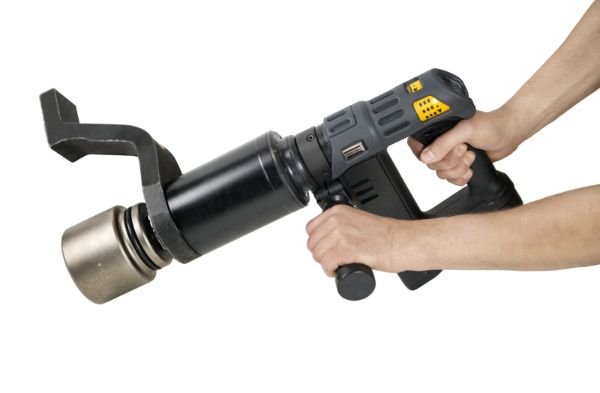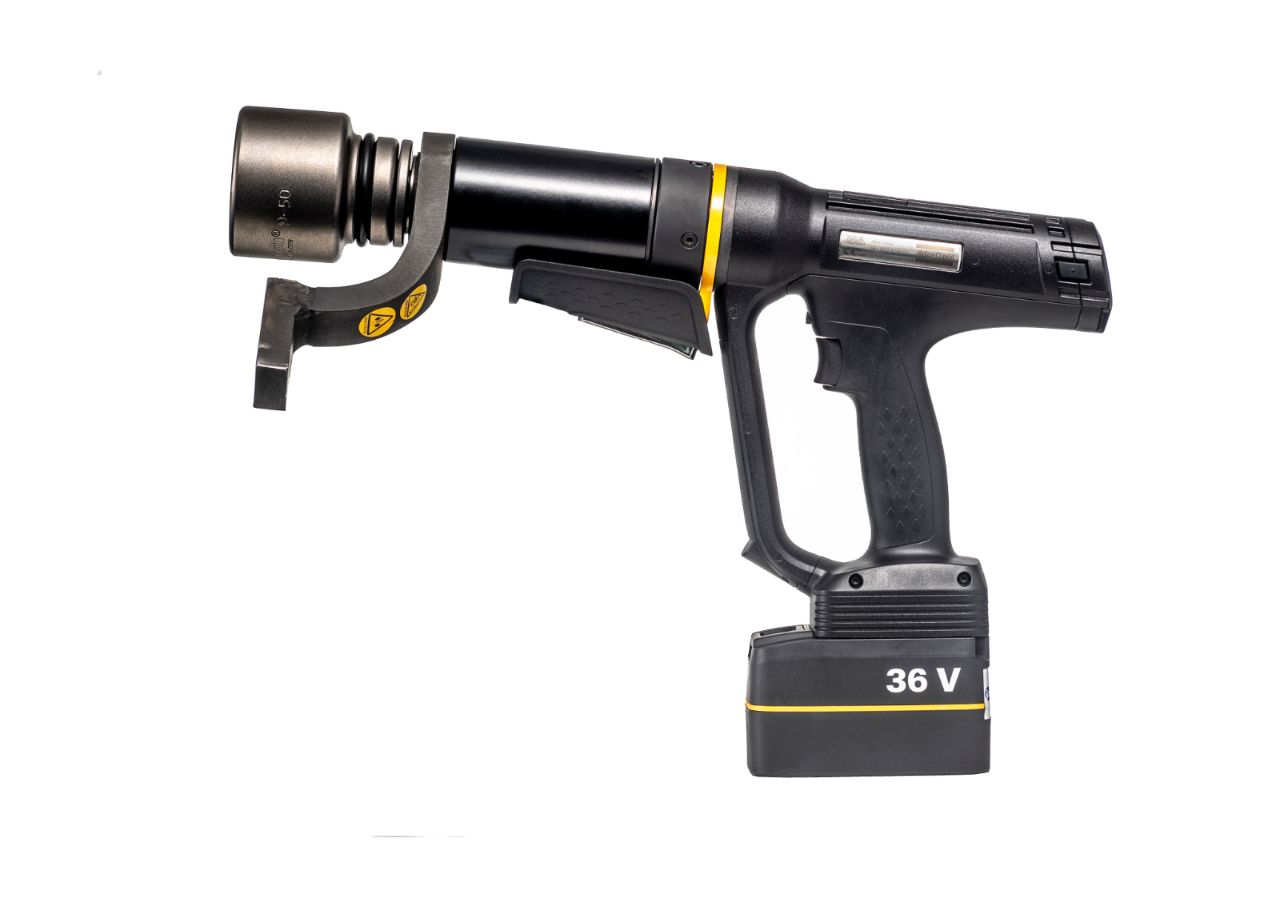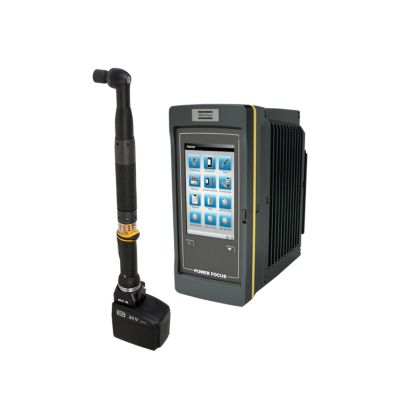In the realm of torque measurement, precision and accuracy are critical for ensuring the optimal performance of machinery and equipment.
Two common technologies employed for this purpose are torque transducers and current-controlled torque devices. While both serve the overarching goal of quantifying torque, they differ significantly in their mechanisms and applications.

1. An open-loop system, or non-feedback system, does not receive a live output signal. The system operates solely on the desired input command. The system is incapable of correcting live disturbances or deviations in torque tools.
With electric motors, this system is referenced as current-controlled tools. These devices use a current loop to reach torque indirectly. Based on the input value, the system controller will pass a current through to the motor, and the resulting magnetic field induces a torque. The electrical current parameters required to achieve a specific torque level are set in an ideal situation calibration lab using an external torque transducer.

2. A closed-loop system, also known as a feedback system, continuously monitors and compares the output signal with the desired input signal. This live feedback is used to adjust the system to minimize the error between the desired and achieved output. In Atlas Copco’s assembly tooling, this is achieved with the help of a torque transducer.
Torque Transducers, or torque sensors, are devices designed to measure torque and convert it into an electrical signal. These sensors typically utilize strain gauges bonded to a torsion shaft, allowing them to detect deformations caused by applied torque. As torque is applied to the shaft, the strain gauges generate an electrical signal proportional to the torque and relay this back to the controller. The controller may then adjust accordingly to ensure proper torque is applied.
Transducers are renowned for their versatility, offering a variety of applications across various industries. They are featured in electric tools for applications where precision, sensitivity, real-time measurements, and quality control are crucial. A plethora of critical bolted joints exist across different industries including automotive, aerospace, wind energy, and mining equipment. Bolts out of torque specification in these industries could lead to quality control issues, product rework, safety concerns, or catastrophic failure.

Distinguishing Factors:
- Direct vs. Indirect Measurement:
- Transducers, renowned for their precision and sensitivity, directly measure torque by detecting the physical deformation resulting from applied force, making them invaluable for critical applications necessitating precise torque control.
- Devices employing current control provide a predetermined electrical current and assume the desired torque is achieved, by relying on the accuracy of control algorithms, sensors, external factors, and system design.
- Quality Checks:
- Transducers find application in a wide array of industries with critical joints where direct and accurate torque measurements for quality control are essential.
- Certain manufacturers are now restricting current-controlled tools for final torque checks due to unreliability. Thus, requiring a second pass with a transducer.
- Cost Implications:
- Through precise torque measurement using a feedback signal, tools equipped with an integrated transducer collect real-time data, enabling the identification of inefficiencies, diagnosis of issues, and optimization of operations to enhance performance and cost-effectiveness.
- Inaccuracies stemming from a current controlled system, can lead to variations in joint clamping force leading to expensive repairs, downtime, and liabilities.
Atlas Copco’s smart electric tools contain a transducer. These transducer tools allow for an array of smart capabilities including target torque input, data logging, measured output monitoring, advanced tightening strategies, interchangeable external hardware, and more!
To sum it up
In the diverse landscape of torque measurement, both transducers and current-controlled devices are present, each catering to specific needs and applications. The choice between the two depends on the industry, the level of accuracy and precision needed, and the nature of the machinery involved. On operation and safety critical joints, a torque transducer is the preferred solution. The aim is always to ensure accurate and reliable torque measurements for optimal operational performance.

A current-controlled tool relies on a transducer during calibration, with transducerized tool, you’re essentially taking the lab with you in the field for the most precise torque measurements, reduced rework, and eliminating external factors that can cause joint failures.
If you’re interested in learning more about Atlas Copco’s smart electric tools, contact us to schedule a demo today!





